RBA Governor Philip Lowe said in a speech that the earlier large 50bps rate hikes wereto “move interest rates quickly away from their pandemic levels to address the rapidly emerging inflation problem.”
As interest rates moved back to “more normal levels”, the board judged that it’s “appropriate to move at a slower pace”, with 25bps hike today, and at last meeting.
“We are conscious that interest rates have been increased by a large amount in a very short period of time and that higher interest rates affect the economy with a lag,” he added. “If we are to stay on that narrow path, we need to strike the right balance between doing too much and too little.”
Lowe also noted that RBA is “not on a pre-set path”. “If we need to step up to larger increases again to secure the return of inflation to target, we will do that,” he added. “Similarly, if the situation requires us to hold steady for a while, we will do that.




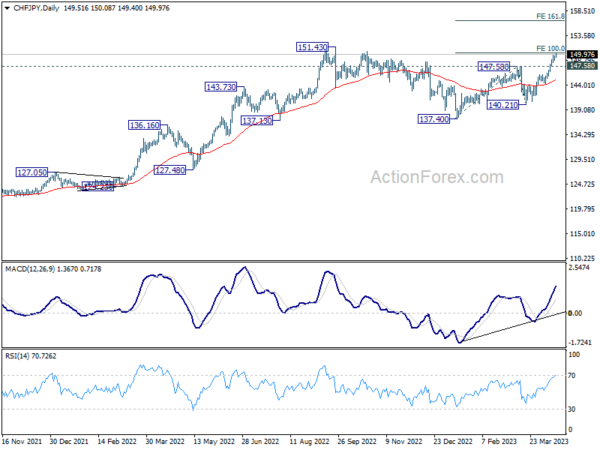
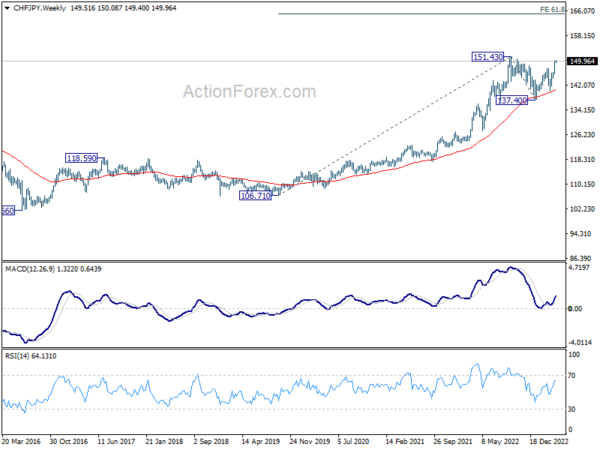
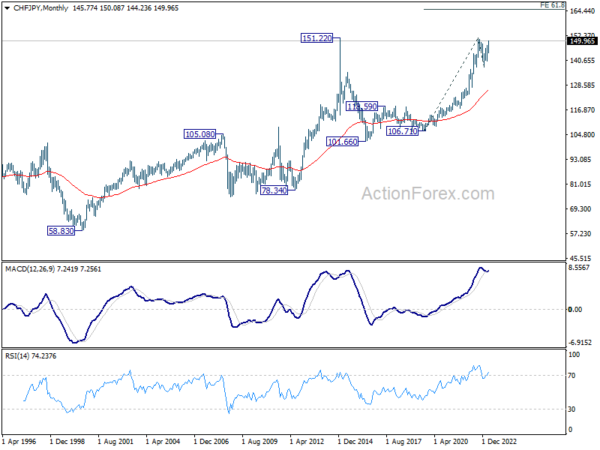
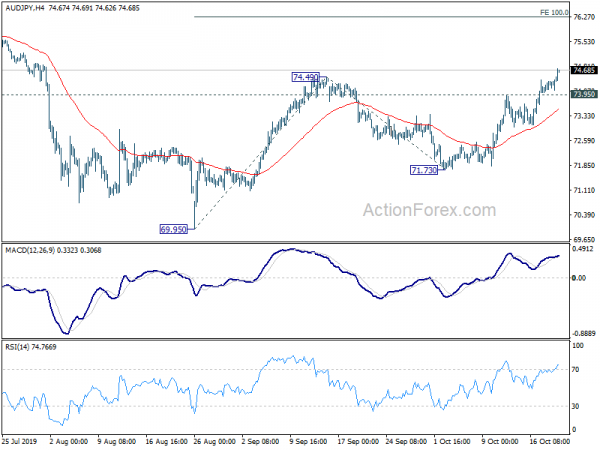
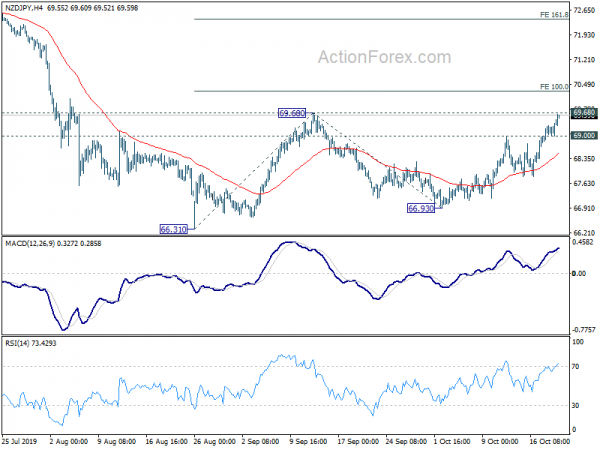
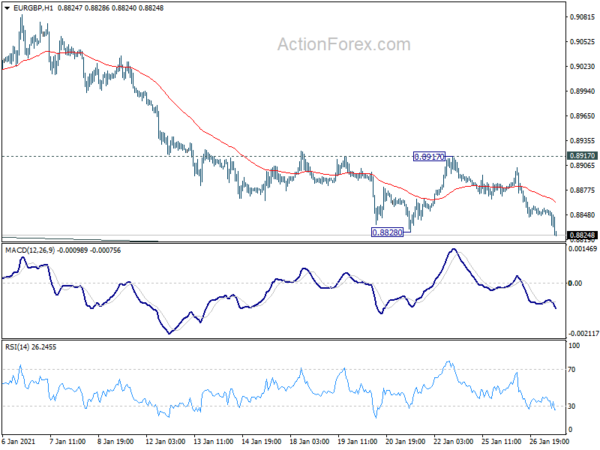

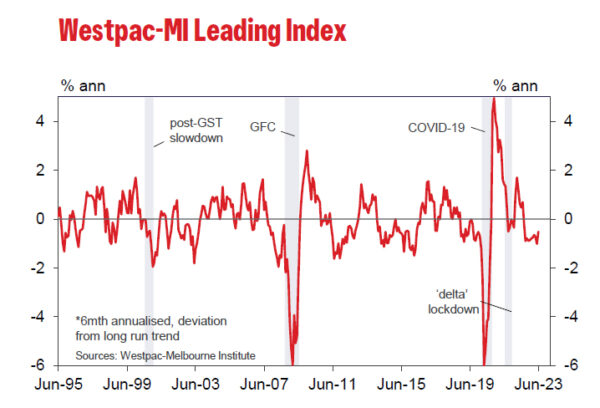
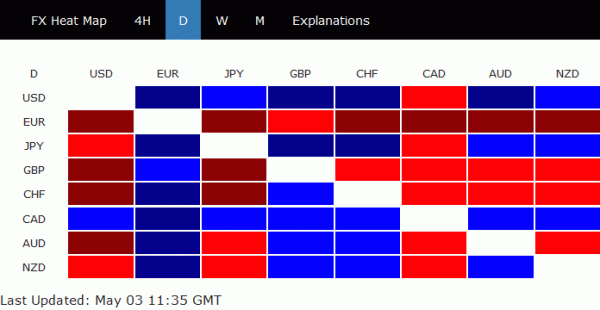
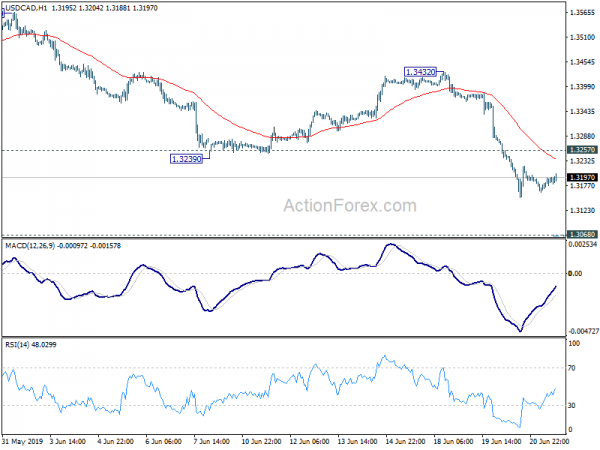

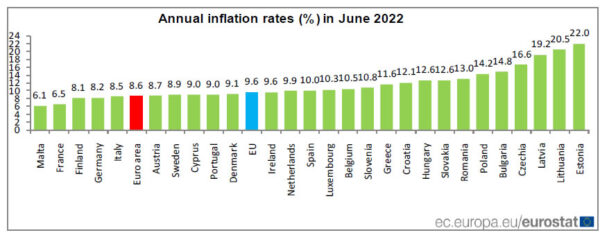
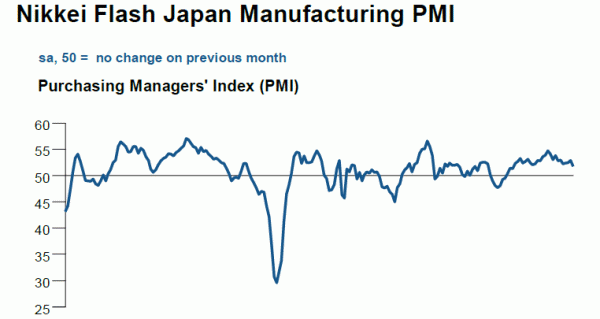

ECB’s Villeroy advocates for caution over haste or rigidity
ECB Governing Council member Francois Villeroy de Galhau, in an address to France’s financial sector overnight, stated, “We will cut rates this year when the inflation outlook is solidly anchored at 2% with effective and durable data.”
However, Villeroy did not specify a timeline for these potential rate cuts, emphasizing instead the ECB’s reliance on economic data to guide their decisions. He asserted, “Our decisions will not be guided by a calendar, but by data.”
Villeroy’s statement, “We must demonstrate neither obstinateness nor haste,” further highlights the ECB’s approach as the central bank is keen on avoiding premature actions that could destabilize the disinflation process.